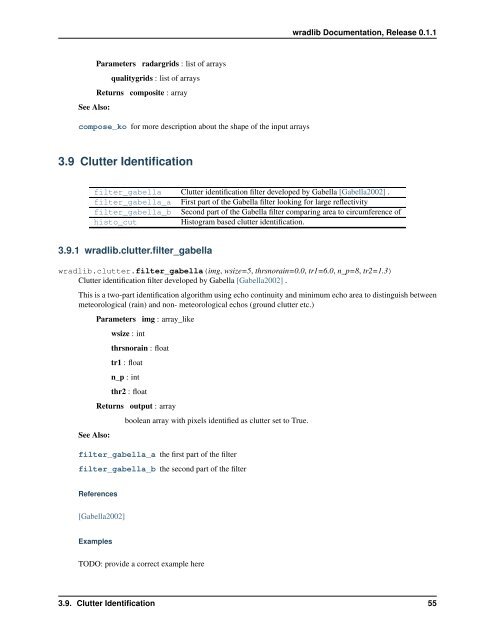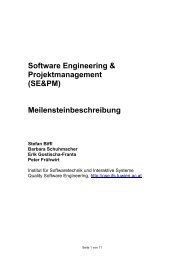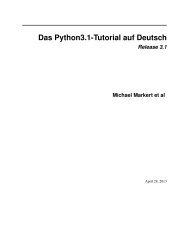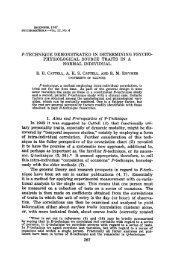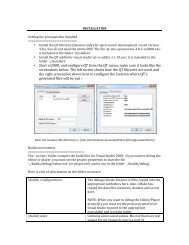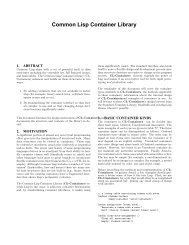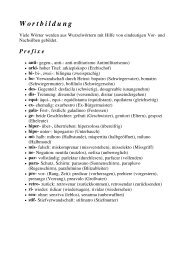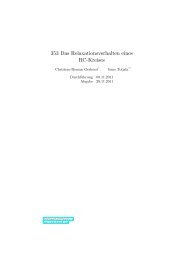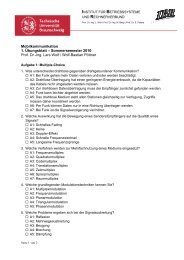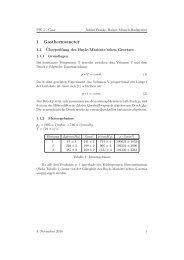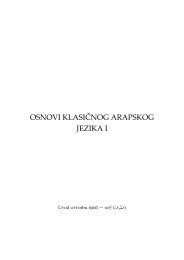wradlib Documentation - Bitbucket
wradlib Documentation - Bitbucket
wradlib Documentation - Bitbucket
Create successful ePaper yourself
Turn your PDF publications into a flip-book with our unique Google optimized e-Paper software.
<strong>wradlib</strong> <strong>Documentation</strong>, Release 0.1.1<br />
Parameters radargrids : list of arrays<br />
qualitygrids : list of arrays<br />
Returns composite : array<br />
See Also:<br />
compose_ko for more description about the shape of the input arrays<br />
3.9 Clutter Identification<br />
filter_gabella Clutter identification filter developed by Gabella [Gabella2002] .<br />
filter_gabella_a First part of the Gabella filter looking for large reflectivity<br />
filter_gabella_b Second part of the Gabella filter comparing area to circumference of<br />
histo_cut<br />
Histogram based clutter identification.<br />
3.9.1 <strong>wradlib</strong>.clutter.filter_gabella<br />
<strong>wradlib</strong>.clutter.filter_gabella(img, wsize=5, thrsnorain=0.0, tr1=6.0, n_p=8, tr2=1.3)<br />
Clutter identification filter developed by Gabella [Gabella2002] .<br />
This is a two-part identification algorithm using echo continuity and minimum echo area to distinguish between<br />
meteorological (rain) and non- meteorological echos (ground clutter etc.)<br />
See Also:<br />
Parameters img : array_like<br />
wsize : int<br />
thrsnorain : float<br />
tr1 : float<br />
n_p : int<br />
thr2 : float<br />
Returns output : array<br />
boolean array with pixels identified as clutter set to True.<br />
filter_gabella_a the first part of the filter<br />
filter_gabella_b the second part of the filter<br />
References<br />
[Gabella2002]<br />
Examples<br />
TODO: provide a correct example here<br />
3.9. Clutter Identification 55


